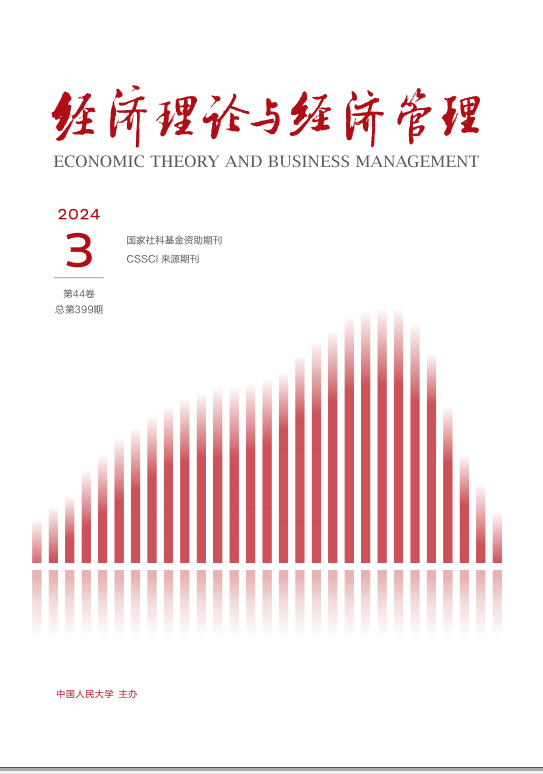In literature, there are two ways to apply inputoutput technique to analyzing problems related to energies, the hybrid type energy inputoutput model and the
monetary type energy inputoutput model. In this paper, the features and differences of two types of energy inputoutput models are studied and proved from the viewpoint of energy balance equations. The main conclusions are as follows. Firstly, when the matrix of technology coefficients is stable, the hybrid type energy inputoutput model still satisfies the energy balance equations, and keeps consistency under the impact of new final demands. Secondly, for the monetary type energy inputoutput model, if the matrix of technology coefficients and the matrix of energy prices keep stable, the monetary inputoutput equations are satisfied, and the energy consumptions are the results of adjusting monetary inputoutput equations by the matrix of energy prices, when there is a vector of new final demands. It means that although the energy balance equations are used in the process of constructing a monetary type energy inputoutput model, its fundamental starting point is not the energy balance equations, but the monetary inputoutput equations. Therefore, a monetary type energy inputoutput model does not take energy balance equations into consideration, and does not consider whether the energy balance equations are
still satisfied when a vector of new final demands comes out and whether the energy consumptions are consistent. In this sense, a hybrid unit energy inputoutput model is more reasonable than a monetary type energy inputoutput model. Thirdly, it is proved that in some special cases, the monetary type energy inputoutput model is equivalent to the hybrid unit energy inputoutput model. The arguments provide guidelines for choosing a proper model when using energy inputoutput technique.





